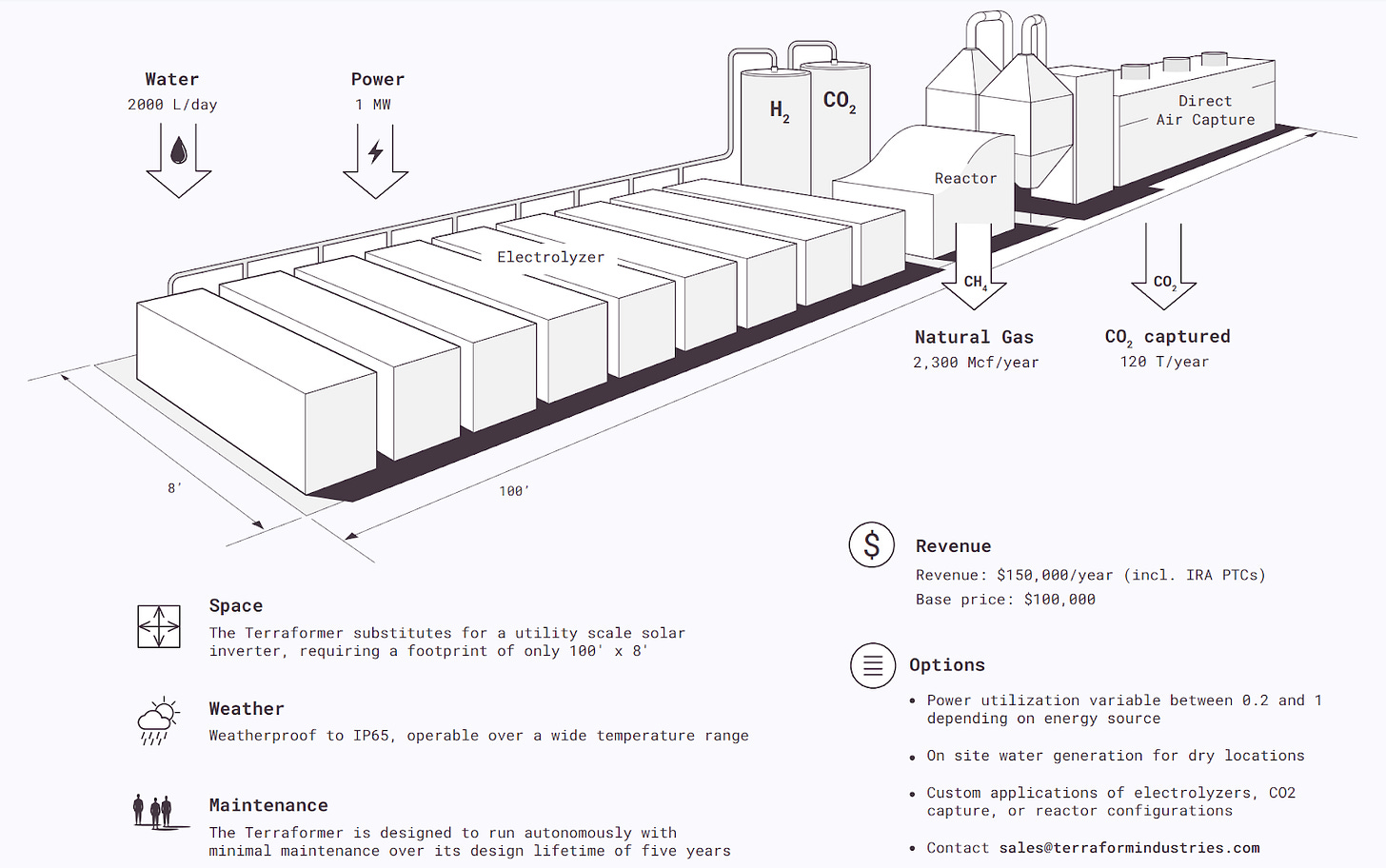Coupling Miracles
On the proposed creation of natural gas from just solar and air.
“You may say I'm a dreamer, but I'm not the only one.” – John Lennon
Elevating a person to sainthood in the Catholic Church is a rather daunting proposition. Canonization involves first building a compelling case that a candidate is deserving of the position through three stages of acceptance: nomination as a “Servant of God” by a bishop with jurisdiction, promotion to “Venerable” and then, eventually, to beatification as “Blessed,” both through papal declaration. Advocates must then establish that two posthumous miracles are directly attributed to the nominee. Overseen by the Congregation for the Causes of Saints at the Vatican, the process can take decades or even centuries.
Among the recent canonizations, the most famous occurred on September 4, 2016, when Pope Francis accepted Mother Teresa into the most holy of private clubs. The two miracles ascribed to Saint Teresa of Calcutta involved supernatural health interventions in India and Brazil, one of which invited quite a bit of controversy. Skepticism is common in such circumstances, as it is supposed to be hard to become a saint.
By comparison, it is slightly easier to become a saint of Silicon Valley, otherwise known as a founder who raises capital at a valuation north of a billion dollars. Graduating to “unicorn” status usually requires only one claim of a technology miracle, and the veracity of such assertions isn’t typically inspected as closely as the Congregation might do on behalf of the Pope. (As a helpful bonus, the burden of ethical purity is a little less constraining as well—some might go so far as to say the willingness and ability to do a little truth-stretching can be a significant source of private market alpha.) Pondering how many miracles are assumed in an ambitious founder’s pitch is nonetheless a useful due diligence exercise. We are partial to the “one-and-done” rule: If we count more than one miracle needed, we duck out before the offering basket is passed.
In recent days, our subscriber base has sent in dozens of inquiries for our appraisal of a seemingly miraculous solution to the carbon emissions challenge, this time from a startup that goes by the name Terraform Industries (emphasis added throughout):
“The modern world is dependent on a vast network for extracting, processing, transporting and ultimately consuming hydrocarbons like crude oil and natural gas. But these resources come with a cost: they’re finite, difficult to extract and take carbon dioxide out of the ground and release it into the air.
Instead of reducing humanity’s dependence on hydrocarbons — which is impossible or undesirable or both, depending on who you ask — Terraform Industries’ solution is to produce this resource, using electricity and air, via a system it calls the Terraformer. Today, the startup is announcing that it has commissioned a demonstrator Terraformer and produced synthetic natural gas for the first time.
Roughly the size of two shipping containers, the Terraformer consists of three subsystems: an electrolyzer, which converts solar power into hydrogen; a direct air capture system that captures CO2; and a chemical reactor that ingests both these inputs to produce pipeline-grade synthetic natural gas. The entire machine is optimized for a one-megawatt solar array.”
Silicon Valley has happily poured billions into all things synthetic, from meats to minds. Why not take a swing at natural gas? Terraform’s assertions certainly seem to fall into the category of immaculate production—a closed-loop perpetual supply of emissions-free hydrocarbons borne out of nothing more than sunlight from the heavens and air from the clouds. Just how many miracles are on the critical path to success for this upstart? Let’s usher Terraform’s documentation into the confessional booth and see where things stand.



